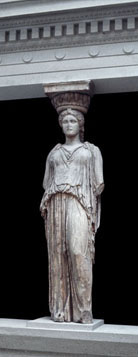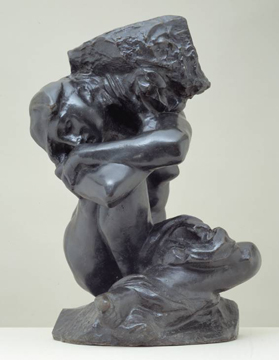By Maurice Tuck
Most English words don’t change their form to distinguish between male and female. A ‘teacher’ can be a man or a woman. This is not the case in most languages related to English. Portuguese, for example, has ‘professor’ for a man and ‘professora’ for a woman. German has ‘Lehrer’ and ‘Lehrerin’. It would be very difficult to make our sister languages gender-neutral since gender is built into the form of essentially every noun, but this is the trend in English. It has become politically correct to minimize the inherent information in words about the biological sex of the person referred to – especially in professions. Long ago we used to say ‘barman’ or ‘barmaid’, but we have long since gone to ‘bartender’ or even ‘barista’ (for a coffeehouse bartender). We now see ‘firefighter’ instead of ‘fireman’ and ‘mail carrier’ instead of ‘mailman’. Almost universal is ‘flight attendant’ instead of ‘steward’ or ‘stewardess’. ‘Server’ is slowly replacing ‘waiter’ and ‘waitress’. Sometimes the old form is kept, losing its gender implication, such as ‘actor’ or ‘midwife’ or ‘nurse’, all of which can refer to either a man or a woman. While the old male/female dichotomy was usually obvious, such as ‘executor’ and ‘executrix’, some of my favorite gender pairs are completely unobvious. For example ‘distaff side’ means the female line or maternal branch of a family, while ‘spear side’ means the paternal branch.

But my favorite example is ‘Telamon’ and ‘Caryatid’. These are those supporting columns in Greek architecture sculpted into the form of men or women. Telamon is a Roman term; it is also known, for obvious reasons, as an atlas or atlant (so called after the titan, Atlas, who held the world on his shoulders in Greek myth). On the left is a beautiful photo from St. Petersburg, Russia, taken by Oleg Danilevski, showing two telamones, sharing the burden of upholding a building.

Among the most famous Caryatids are the six from the South Porch of the Erechtheion.

“This poor little caryatid has fallen under the load. She’s a good girl – look at her face. Serious, unhappy at her failure, not blaming anyone, not even the gods… and still trying to shoulder her load, after she’s crumpled under it.